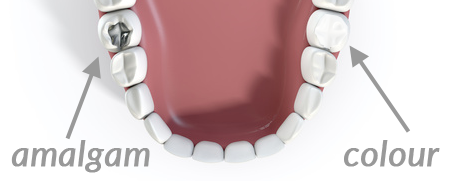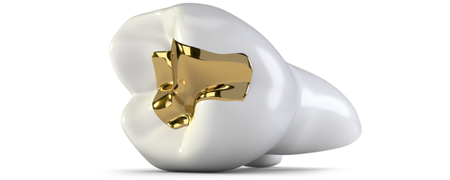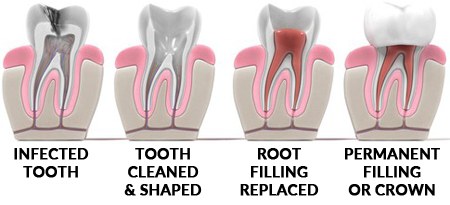- Benson 01491 833 380
- Kingsclere patients, click here
CONTACT US
- •
EMERGENCIES
- •
FIND US
Cavities
Cavities
Dental fillings
If a cavity is detected during a check-up, your dentist can provide a dental filling before it develops into a more serious problem. Dental fillings replace part of a tooth that has been lost because of decay, wear or accidental damage.
There are 2 types of fillings; silver (amalgam) fillings and tooth-coloured fillings.

Inlays and Onlays
Inlays and onlays provide an alternative to fillings, replacing part of a tooth that has been lost because of decay, wear or accidental damage. They are stronger and can last longer than fillings, and are especially suitable for the chewing surfaces on back teeth and large repairs to front teeth.
They can be made from tooth coloured porcelain, gold or composite.

Root Canal Filling
Root fillings or Root canal treatments are needed when a large cavity in a tooth reaches the nerve chamber, or in some cases when a tooth breaks. Root filling involves removing bacteria and damaged or dead nerves from inside the tooth and then cleaning and disinfecting the root canals, before filling to seal them.
Within every tooth is a nerve chamber and a blood supply in the root canal. In a healthy tooth, these nerves will be alive. Front teeth will normally have one root holding them in the jaw bone, but back teeth can have two, three or four.
If a large cavity in a tooth reaches the nerve chamber, or if a tooth breaks, bacteria can cause the nerves to die. The root canals can become infected and an abscess may form beneath the root(s) of the tooth, in the jawbone. Pain (occasionally severe) may occur at any time during this process, and the infection can spread.
The dentist may refer you to a specialist endodontist to undertake the root canal treatment.
Teeth Whitening
Treatment in a dental surgery offers faster results
We offer several whitening treatments
FIND OUT MORE




